-
 Bitcoin
Bitcoin $78,460.7755
-4.88% -
 Ethereum
Ethereum $1,558.5692
-11.54% -
 Tether USDt
Tether USDt $0.9994
0.02% -
 XRP
XRP $1.8772
-9.65% -
 BNB
BNB $551.3710
-4.96% -
 USDC
USDC $0.9999
0.01% -
 Solana
Solana $105.7177
-8.11% -
 Dogecoin
Dogecoin $0.1473
-8.99% -
 TRON
TRON $0.2275
-4.91% -
 Cardano
Cardano $0.5731
-8.32% -
 UNUS SED LEO
UNUS SED LEO $8.9347
-1.29% -
 Toncoin
Toncoin $3.0026
-9.25% -
 Chainlink
Chainlink $11.2237
-8.26% -
 Stellar
Stellar $0.2300
-8.37% -
 Avalanche
Avalanche $16.4153
-4.20% -
 Shiba Inu
Shiba Inu $0.0...01131
-4.94% -
 Sui
Sui $1.9699
-5.74% -
 MANTRA
MANTRA $6.2737
1.56% -
 Hedera
Hedera $0.1441
-6.80% -
 Polkadot
Polkadot $3.6006
-7.40% -
 Bitcoin Cash
Bitcoin Cash $272.0494
-7.59% -
 Dai
Dai $0.9999
0.00% -
 Litecoin
Litecoin $70.2187
-10.82% -
 Ethena USDe
Ethena USDe $0.9986
-0.03% -
 Bitget Token
Bitget Token $4.0633
-6.47% -
 Pi
Pi $0.5819
-6.56% -
 Hyperliquid
Hyperliquid $11.0739
-2.52% -
 Monero
Monero $199.4060
-5.67% -
 Uniswap
Uniswap $5.1122
-8.93% -
 OKB
OKB $51.0005
-5.20%
What is Lightning Network? How does it solve Bitcoin's scalability problem?
The Lightning Network boosts Bitcoin's scalability by enabling fast, cheap off-chain transactions via payment channels, reducing blockchain load while maintaining cryptographic security; however, usability limitations remain.
Mar 02, 2025 at 10:43 am
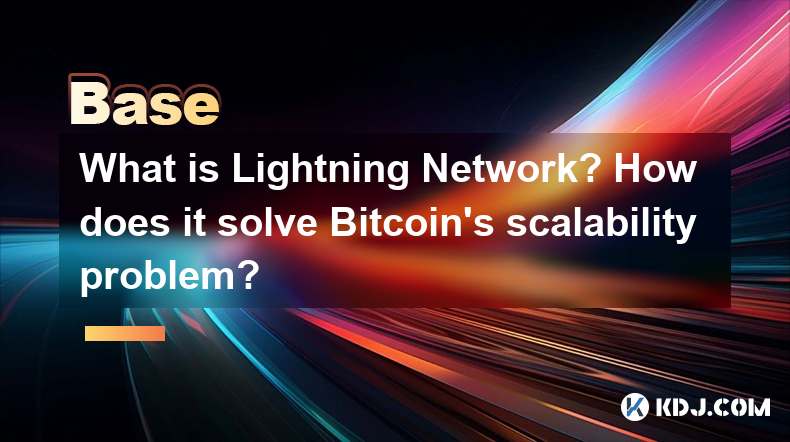
Key Points:
- The Lightning Network is a layer-2 scaling solution for Bitcoin, operating on top of the main blockchain.
- It enables fast and inexpensive off-chain transactions, addressing Bitcoin's scalability limitations.
- Transactions are conducted through payment channels, reducing the load on the Bitcoin blockchain.
- It utilizes cryptographic techniques to ensure security and trust between participants.
- While offering significant advantages, the Lightning Network has limitations regarding usability and accessibility.
What is Lightning Network?
The Lightning Network is a second-layer payment protocol built on top of the Bitcoin blockchain. Its primary goal is to drastically increase Bitcoin's transaction throughput and reduce transaction fees. Instead of every transaction being recorded on the main Bitcoin blockchain, the Lightning Network allows for numerous transactions to occur off-chain, only settling the net balance periodically on the main blockchain. This significantly reduces the load on the Bitcoin network.
How does it solve Bitcoin's scalability problem?
Bitcoin's scalability problem stems from the limitations of its blockchain in handling a large number of transactions simultaneously. Each transaction requires verification and inclusion in a block, which limits the speed and affordability of transactions. The Lightning Network circumvents this by enabling off-chain transactions. Users open a "payment channel" with each other, allowing for numerous back-and-forth payments without recording each individual transaction on the main blockchain. Only the final net balance is recorded, significantly improving scalability.
How do payment channels work?
Payment channels are the core of the Lightning Network. They involve two or more participants locking funds in a multi-signature transaction on the Bitcoin blockchain. This establishes a channel where payments can be exchanged rapidly and cheaply. Each transaction within the channel is only signed by the participants and doesn't need blockchain confirmation until the channel is closed.
- Channel Opening: Participants agree on a deposit amount and create a multi-signature transaction.
- Transaction Exchange: Payments are exchanged between participants, updating a shared secret. These transactions are not broadcast to the network.
- Channel Closing: When the channel is closed, the final balance is settled on the Bitcoin blockchain using the multi-signature transaction.
What are the benefits of using the Lightning Network?
The Lightning Network offers several significant advantages over traditional Bitcoin transactions. The most notable benefit is its speed; transactions are near-instantaneous compared to the Bitcoin blockchain's confirmation times. Transaction fees are also significantly lower, making microtransactions feasible. Furthermore, it enhances Bitcoin's privacy, as off-chain transactions are not publicly visible.
What are the limitations of the Lightning Network?
Despite its advantages, the Lightning Network is not without limitations. Setting up and managing payment channels requires a degree of technical expertise, potentially hindering widespread adoption. There's also a risk of funds being locked within channels, and the need for online connectivity to maintain active channels. Furthermore, routing payments through multiple channels can be complex, impacting transaction speed and efficiency in certain cases. Finally, the security of the network relies on the security of the nodes involved in routing payments.
How secure is the Lightning Network?
The security of the Lightning Network is rooted in the security of the underlying Bitcoin blockchain and cryptographic techniques used within payment channels. Multi-signature transactions ensure that funds are securely held and only released according to pre-agreed conditions. However, vulnerabilities could exist in the implementation of Lightning Network software or through attacks on individual nodes. Robust security practices and regular updates are essential to maintain the security of the system.
What are the future prospects of the Lightning Network?
The future of the Lightning Network is promising. Ongoing development focuses on enhancing usability, improving routing efficiency, and integrating with other cryptocurrencies. Increased adoption by merchants and users will further solidify its position as a vital scaling solution for Bitcoin. As the technology matures and becomes more user-friendly, it has the potential to revolutionize Bitcoin's ability to handle a vast number of transactions.
What is the role of nodes in the Lightning Network?
Nodes are crucial to the Lightning Network's operation, acting as intermediaries for routing payments between users who don't have a direct payment channel. They maintain the network's connectivity and facilitate efficient transaction routing. Running a node requires technical expertise and commitment to maintaining uptime.
What is the difference between on-chain and off-chain transactions in the context of the Lightning Network?
On-chain transactions are those recorded directly on the Bitcoin blockchain, requiring confirmation by miners and resulting in slower transaction speeds and higher fees. Off-chain transactions, facilitated by the Lightning Network, occur within payment channels, bypassing the main blockchain for speed and cost-effectiveness. Only the net balance changes are recorded on-chain when channels are closed.
Common Questions and Answers:
Q: Is the Lightning Network truly decentralized?
A: While built on a decentralized blockchain, the Lightning Network's level of decentralization is a subject of ongoing discussion. The network's performance depends on the distribution and participation of nodes, raising concerns about potential centralization if a small number of large nodes dominate.
Q: Can I use the Lightning Network with any Bitcoin wallet?
A: Not all Bitcoin wallets support the Lightning Network. You'll need a wallet specifically designed for Lightning Network integration to participate. The number of compatible wallets is growing, but it's not universally available yet.
Q: What are the risks involved in using the Lightning Network?
A: Risks include the potential loss of funds due to software bugs, security vulnerabilities, or improper channel management. The complexity of the system can also pose challenges for less technically savvy users. However, the risk is mitigated by using reputable wallets and security best practices.
Disclaimer:info@kdj.com
The information provided is not trading advice. kdj.com does not assume any responsibility for any investments made based on the information provided in this article. Cryptocurrencies are highly volatile and it is highly recommended that you invest with caution after thorough research!
If you believe that the content used on this website infringes your copyright, please contact us immediately (info@kdj.com) and we will delete it promptly.
- As Ethereum (ETH) Hovers Around $1814 and Dogecoin (DOGE) Stands at $0.072, Whales From Both Ecosystems Are Making a Notable Shift
- 2025-04-07 23:35:11
- DOGE tumbles 4% as Trump’s auto tariffs tank assets linked to Elon Musk
- 2025-04-07 23:35:11
- MANTRA Launches $108,888,888 Ecosystem Fund to Propel RWA Innovation
- 2025-04-07 23:30:12
- Ripple’s XRP Tumbles 15% to a 5-Month Low of $1.64, Liquidations Exacerbate the Plunge
- 2025-04-07 23:30:12
- The MANTRA blockchain ecosystem takes a bold step towards the future of decentralized finance (DeFi)
- 2025-04-07 23:25:11
- WHAT may appear to be small change could, in fact, turn out to be a small fortune
- 2025-04-07 23:25:11
Related knowledge
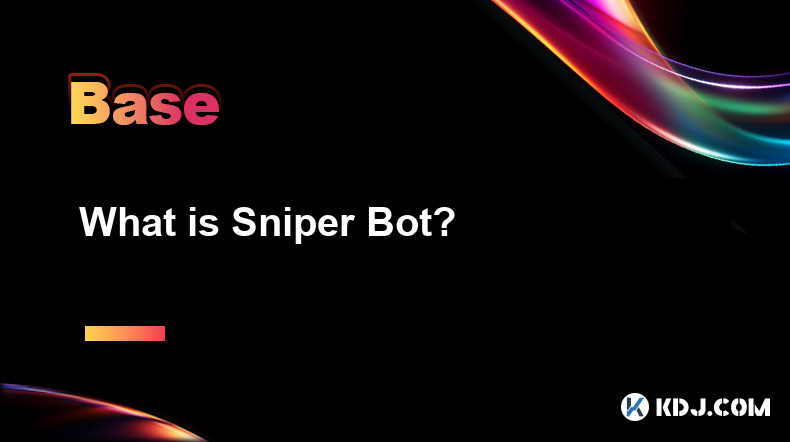
What is Sniper Bot?
Apr 07,2025 at 10:43pm
A Sniper Bot is a type of automated trading software used within the cryptocurrency market to execute trades at optimal times, often milliseconds before other traders. These bots are designed to take advantage of new token listings, price fluctuations, and other market opportunities to buy or sell assets quickly and efficiently. The primary goal of a Sn...

What is Mining Rig?
Apr 07,2025 at 11:08pm
A mining rig is a specialized computer system designed specifically for the purpose of mining cryptocurrencies. Mining, in the context of cryptocurrencies, refers to the process of solving complex mathematical problems to validate transactions and add them to the blockchain. This process requires significant computational power, and a mining rig is buil...
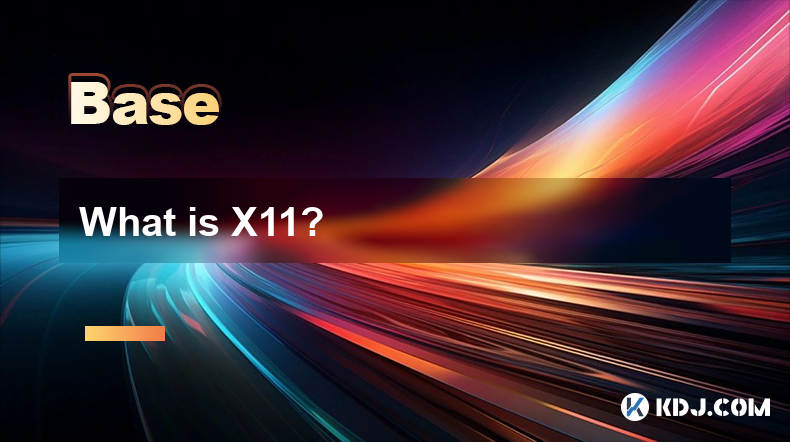
What is X11?
Apr 07,2025 at 09:22pm
What is X11? X11 is a cryptographic hash function used in various cryptocurrencies, most notably in the Dash cryptocurrency. It is designed to provide a high level of security and efficiency, making it a popular choice for blockchain networks. The X11 algorithm is unique because it uses a chain of 11 different hashing algorithms, which enhances its secu...
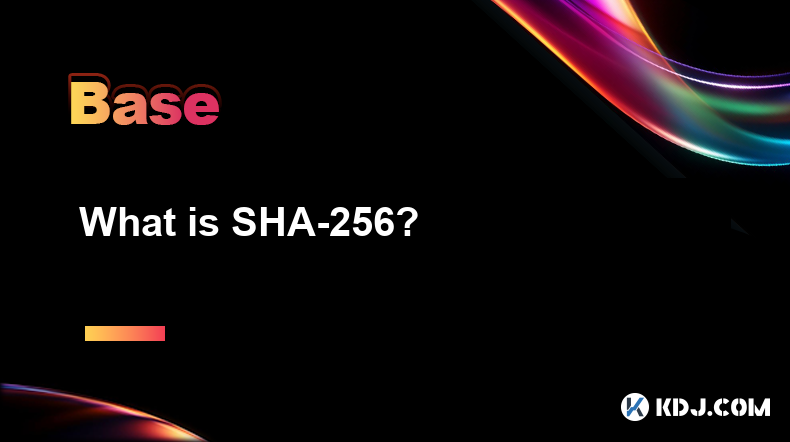
What is SHA-256?
Apr 07,2025 at 11:15pm
What is SHA-256?SHA-256, or Secure Hash Algorithm 256-bit, is a cryptographic hash function that is part of the SHA-2 family of hash functions. It is widely used in the cryptocurrency world, particularly in Bitcoin and other blockchain technologies, for securing data and ensuring the integrity of transactions. This article will delve into the specifics ...
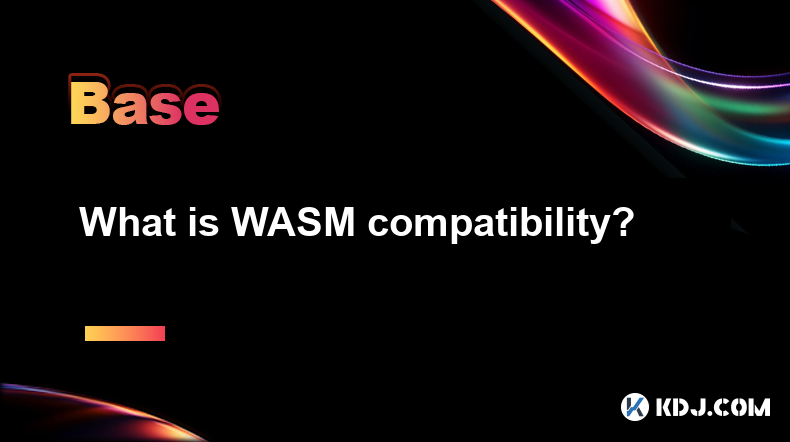
What is WASM compatibility?
Apr 07,2025 at 09:08pm
What is WASM Compatibility? WASM, or WebAssembly, is a binary instruction format for a stack-based virtual machine. It is designed to be a portable compilation target for programming languages, enabling deployment on the web for client and server applications. In the context of cryptocurrencies and blockchain technology, WASM compatibility refers to the...
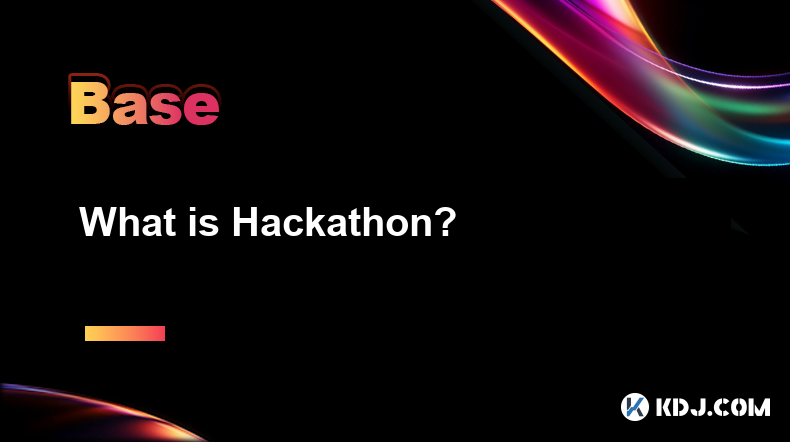
What is Hackathon?
Apr 07,2025 at 10:14pm
A Hackathon is an event where individuals or teams come together to collaborate intensively on software projects, often related to specific themes or challenges. In the context of the cryptocurrency circle, hackathons are frequently organized to foster innovation and development within the blockchain and crypto space. These events bring together develop...

What is Sniper Bot?
Apr 07,2025 at 10:43pm
A Sniper Bot is a type of automated trading software used within the cryptocurrency market to execute trades at optimal times, often milliseconds before other traders. These bots are designed to take advantage of new token listings, price fluctuations, and other market opportunities to buy or sell assets quickly and efficiently. The primary goal of a Sn...

What is Mining Rig?
Apr 07,2025 at 11:08pm
A mining rig is a specialized computer system designed specifically for the purpose of mining cryptocurrencies. Mining, in the context of cryptocurrencies, refers to the process of solving complex mathematical problems to validate transactions and add them to the blockchain. This process requires significant computational power, and a mining rig is buil...

What is X11?
Apr 07,2025 at 09:22pm
What is X11? X11 is a cryptographic hash function used in various cryptocurrencies, most notably in the Dash cryptocurrency. It is designed to provide a high level of security and efficiency, making it a popular choice for blockchain networks. The X11 algorithm is unique because it uses a chain of 11 different hashing algorithms, which enhances its secu...

What is SHA-256?
Apr 07,2025 at 11:15pm
What is SHA-256?SHA-256, or Secure Hash Algorithm 256-bit, is a cryptographic hash function that is part of the SHA-2 family of hash functions. It is widely used in the cryptocurrency world, particularly in Bitcoin and other blockchain technologies, for securing data and ensuring the integrity of transactions. This article will delve into the specifics ...

What is WASM compatibility?
Apr 07,2025 at 09:08pm
What is WASM Compatibility? WASM, or WebAssembly, is a binary instruction format for a stack-based virtual machine. It is designed to be a portable compilation target for programming languages, enabling deployment on the web for client and server applications. In the context of cryptocurrencies and blockchain technology, WASM compatibility refers to the...

What is Hackathon?
Apr 07,2025 at 10:14pm
A Hackathon is an event where individuals or teams come together to collaborate intensively on software projects, often related to specific themes or challenges. In the context of the cryptocurrency circle, hackathons are frequently organized to foster innovation and development within the blockchain and crypto space. These events bring together develop...
See all articles





















































































